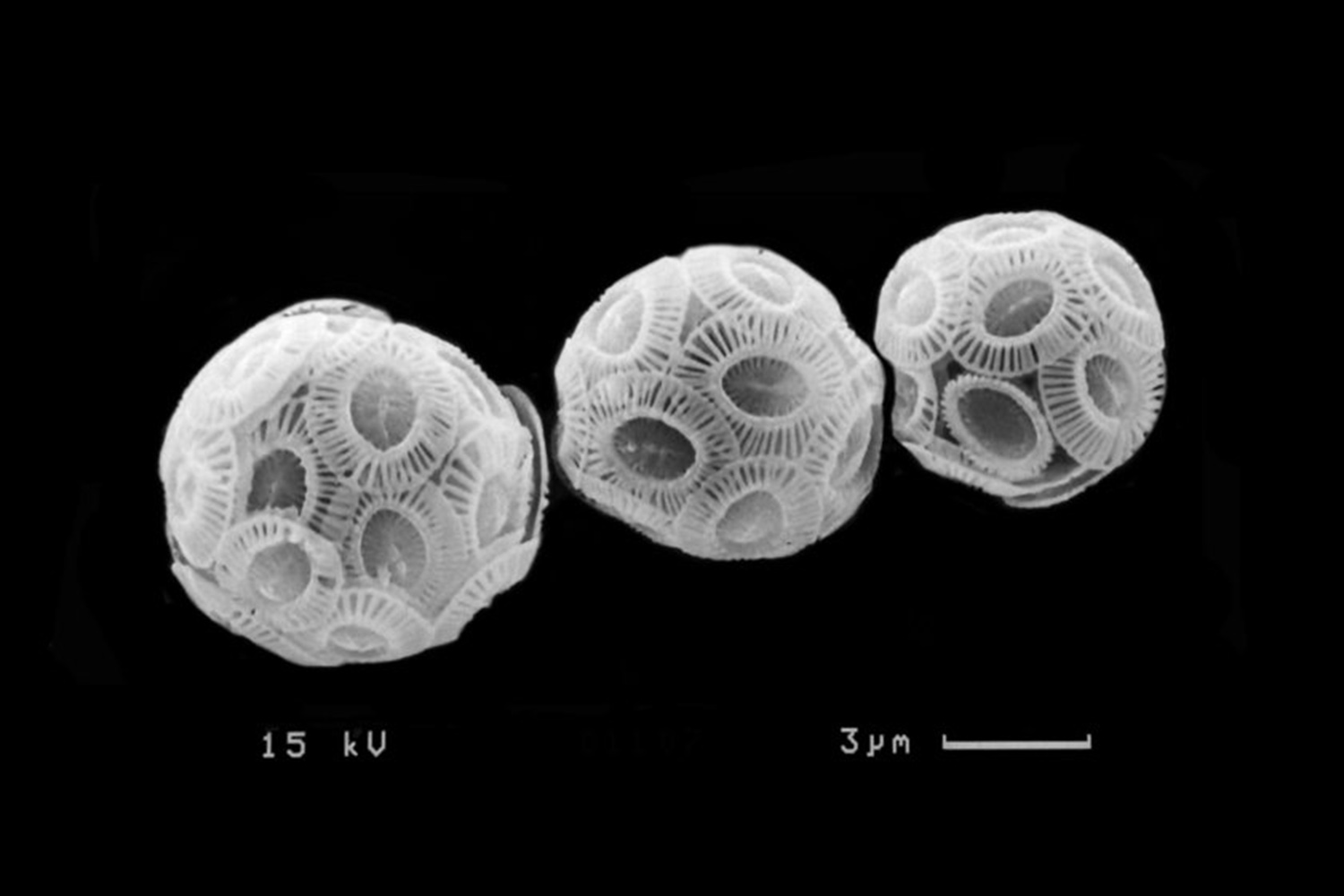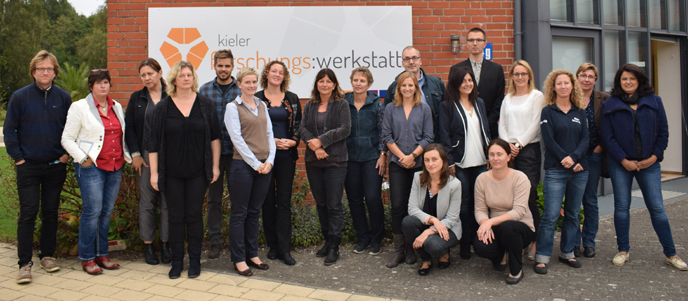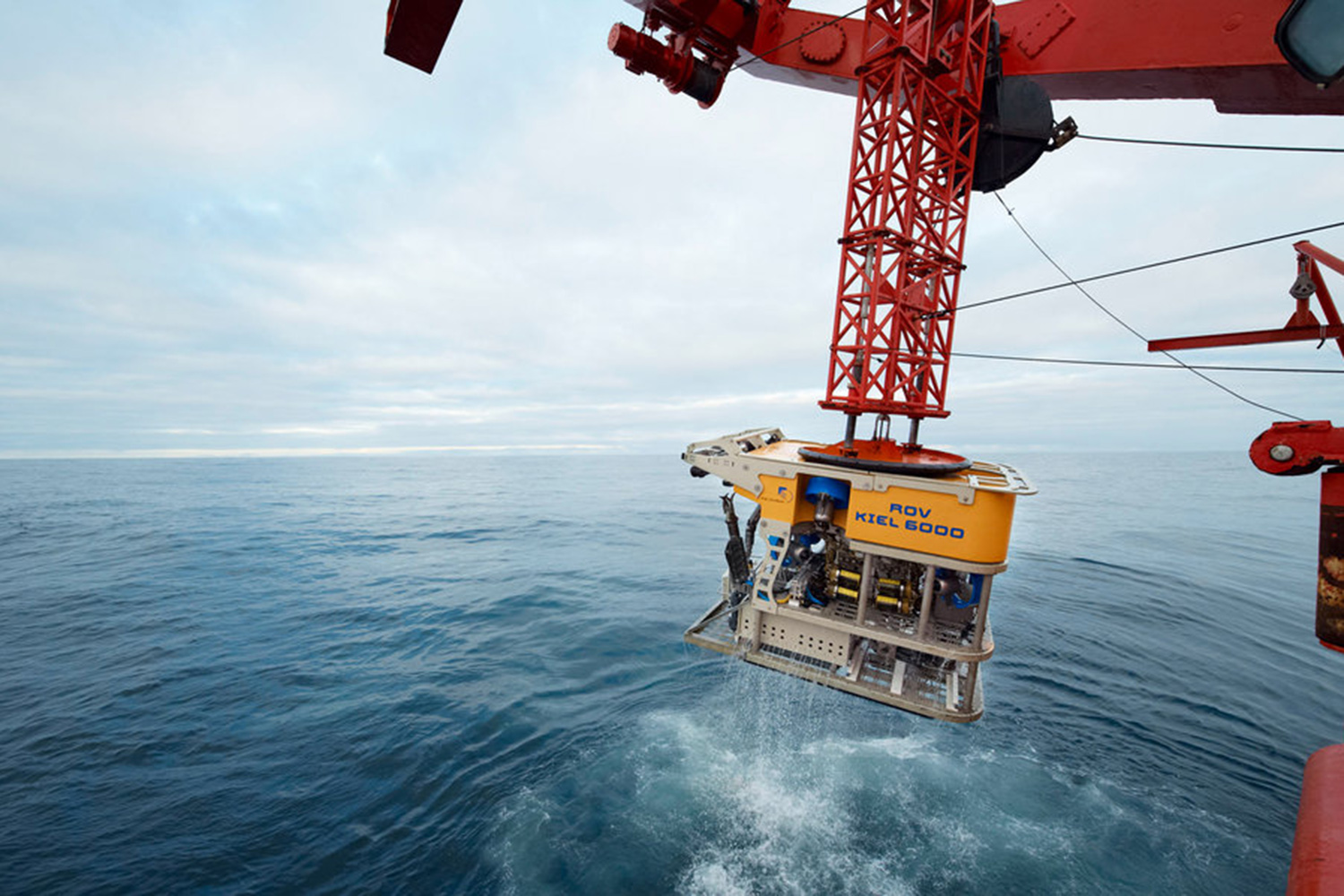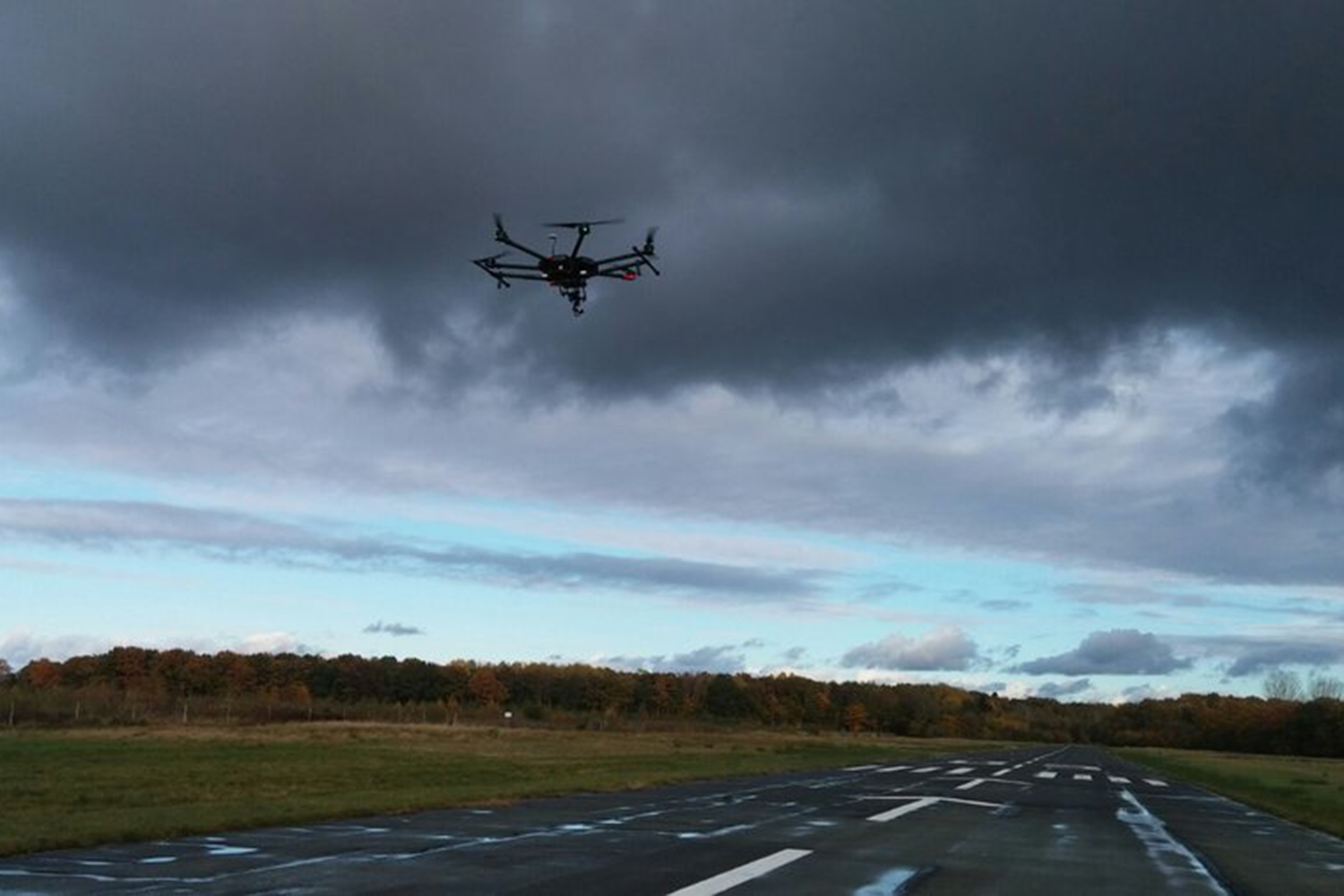The growth rate under elevated carbon dioxide concentrations has not improved significantly after four years. Calcification was even lower than in today's cells from Emiliania huxleyi. The study shows that the effects of evolution in phytoplankton are more complex than previously thought.
In an unprecedented evolutionary experiment, scientists from GEOMAR Helmholtz Centre for Ocean Research Kiel and the Thünen Institute of Fisheries Ecology demonstrated that the most important single-celled calcifying alga of world's oceans, Emiliania huxleyi, is only able to adapt to ocean acidification to a certain extent. The proof of principle for evolutionary adaptation was provided by GEOMAR scientists already in 2012. But four years after the start of the experiment, the growth rates of the calcifying alga have only made little progress. "Emiliania huxleyi's potential for adaptation is still lower than initially expected. Even after four years of evolution, the alga could not compensate completely for the negative impact on its growth", explains Dr. Lothar Schlüter, author of the study and a former doctoral student at GEOMAR. The researchers present their results, which were obtained in the frameworks of the Cluster of Excellence "The Future Ocean" and the German research network BIOACID (Biological Impacts of Ocean Acidification) in the journal Science Advances.
The study is based on a single cell of the calcifying alga from Raunefjord in Norway. Since Emiliania huxleyi cells divide about once a day at the laboratory, a large number of genetically identical starting cultures were obtained from the isolate. For the study, five cultures were kept under a constant temperature and three different concentrations of carbon dioxide (CO2): a control with today's conditions, the conditions that could be reached until the end of this century according to the most critical calculations of the Intergovernmental Panel on Climate Change (IPCC), and the highest possible degree of acidification.
After four years, or 2100 algae generations later, the scientists concluded: The cells of adapted populations divided considerably faster than the non-adjusted when exposed to ocean acidification. But their fitness had improved only marginally. After one year, growth rates relative to the control cultures had increased slightly, but later hardly any increase could be detected – which is a contrast to many other evolution experiments. "Apparently, the adaptation has its limits, and the negative impact on the growth rate can not be compensated completely by evolution", says Schlüter.
Single-celled calcifying algae such as Emiliania huxleyi store carbon dioxide in their calcium carbonate platelets (Coccoliths). Functioning as a ballast, these platelets are important for the carbon transport to the deep ocean – and thus for the ability of the oceans to take up carbon dioxide from the atmosphere and mitigate the effects of climate change. "Three years after the start of the experiment, the production of calcium carbonate platelets of cultures adapted to higher CO2 concentrations was lower than in non-adjusted", stresses Prof. Thorsten Reusch, Head of Marine Ecology at GEOMAR and coordinator of the study. "We were astonished that this effect did not occur at the beginning of the experiment – because if ocean acidification impairs biological calcification, it should have been reduced directly." In contrast to observations of the first year of the experiment published in 2012, the researchers now observe that evolution amplifies the negative effects on the microalgae's calcification.
However, cultures that had adapted to ocean acidification, have not entirely their ability to form calcium carbonate platelets permanently. When exposed to today's CO2 concentrations, the production was just as high as in present calcifying algae. "The algae reduce the calcification only when it is costly for them – namely under ocean acidification", says Professor Reusch. Currently, investigations are carried out to better understand the cell-biological mechanisms that regulate calcification. "The evolutionary response of phytoplankton organisms is far more complex than originally assumed. Laboratory experiments with individual species help us get a better idea of it. Only with this knowledge, we can estimate how global change will alter the carbon cycle in the future."
Original publications:
Schlüter L, Lohbeck KT, Gröger JP, Riebesell U, Reusch TBH (2016) Long-term dynamics of adaptive evolution in a globally important phytoplankton species to ocean acidification. Science Advances 2016; 2:e1501660, doi 10.1126/sciadv.150166
Lohbeck KT, Riebesell U, Reusch TBH (2012) Adaptive evolution of a key phytoplankton species to ocean acidification. Nature Geoscience 5:346-351, doi:10.1038/ngeo1441
Future Ocean in brief:
The Cluster of Excellence "The Future Ocean" explores the changes in the oceans in the past, present and future with a unique approach: marine scientists, geologists, economic scientists, physicians, mathematicians, computer scientists, lawyers and corporate and social scientists are bring together their expertise in eleven multidisciplinary research groups. Their research results are included in concepts for the sustainable use and management options for a global management of the oceans. The research network is supported by the University of Kiel (CAU), GEOMAR Helmholtz Centre for Ocean Research Kiel, the Institute for World Economy (IfW) and the Muthesius Academy (MKHS). The Cluster of Excellence "The Future Ocean" is funded as part of the Excellence Strategy of the Deutsche Forschungsgemeinschaft (DFG) on behalf of the federal and state governments. Further information: www.futureocean.org
BIOACID in brief:
Under the umbrella of BIOACID (Biological Impacts of Ocean Acidification), 10 institutions examine how marine ecosystems react to ocean acidification, how this affects the food web and the exchange of material and energy in the ocean and how the changes influence the socio-economic sector. The project is funded by the Federal Ministry of Education and Research (BMBF) and coordinated by GEOMAR Helmholtz Centre for Ocean Research Kiel. A list of member institutions and further information can be found on the website www.bioacid.de
Links
www.ti.bund.de THÜNEN-Institut für Seefischerei Hamburg
www.ozean-der-zukunft.de Exzellenzcluster Ozean der Zukunft
www.bioacid.de BIOACID (Biological Impacts of Ocean Acidification)
Contact
Maike Nicolai (Kommunikation & Medien)
Tel.: 0431 600-2807
presse@geomar.de
…



